Dry Beans
Dry beans account for about 1.6 million acres of crops grown in the United States. Dry beans are grown for human consumption and are rich in protein, phosphorus, fiber and various nutrients. The most common types of dry beans grown are pinto, navy, and black beans.
The most common nutrient deficiencies in dry beans are nitrogen, phosphorus, and potassium. To reach maturity and maximize yield, dry beans require various nutrients throughout the growing season.








